Plants are an essential part of our world, providing beauty, food, and oxygen. They come in countless varieties, each with unique characteristics. While we often overlook them, common plants have fascinating stories and surprising facts. In this article, we’ll explore some of these intriguing details, shedding light on the extraordinary aspects of everyday greenery.
Sunflowers Track the Sun

Sunflowers are known for their ability to track the movement of the sun across the sky, a phenomenon called heliotropism. Young sunflower buds face east at dawn and slowly follow the sun throughout the day, facing west by evening. This movement helps them maximize light absorption for photosynthesis, aiding their growth and energy production. As they mature, sunflowers usually face east permanently, which researchers believe helps attract pollinators by warming the flower.
Aloe Vera’s Healing Properties
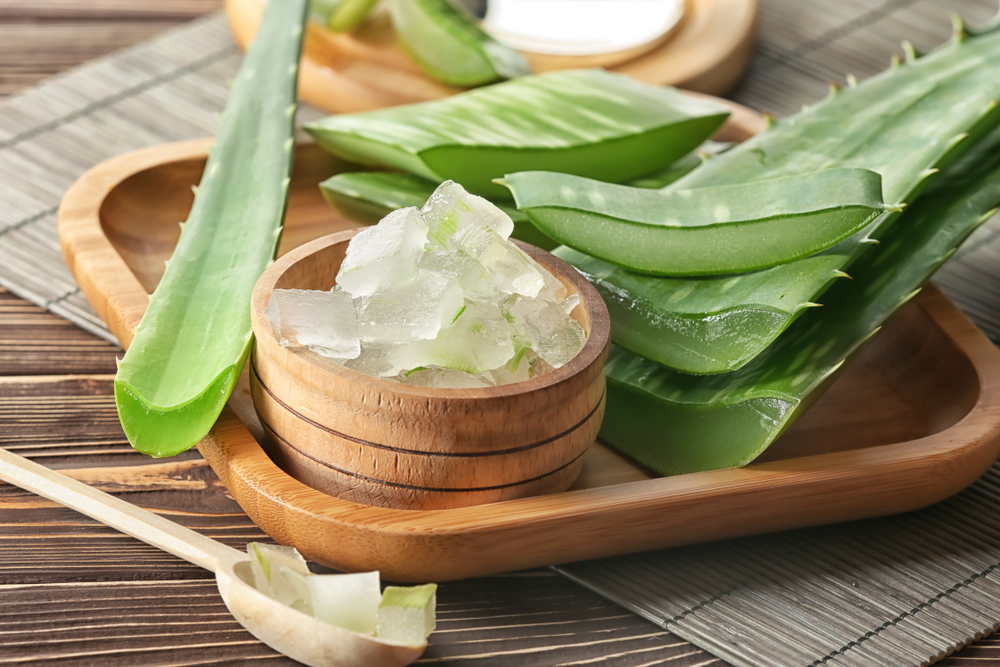
Aloe vera, a succulent plant, is renowned for its medicinal properties. The gel inside its leaves is packed with vitamins, enzymes, and amino acids, making it a popular natural remedy for skin conditions, burns, and minor wounds. Its anti-inflammatory and antimicrobial properties also make it effective in soothing skin irritations and promoting healing. Aloe vera is commonly found in skincare products and home remedies due to its potent therapeutic benefits.
Bamboo’s Rapid Growth

Bamboo is one of the fastest-growing plants in the world. Certain species can grow up to 35 inches in a single day. This rapid growth is due to the plant’s unique rhizome-dependent system, which allows it to spread quickly and efficiently. Bamboo is a versatile resource used in construction, furniture, and textiles. Its sustainability and rapid regeneration make it an eco-friendly alternative to traditional wood.
Cactus Adaptations
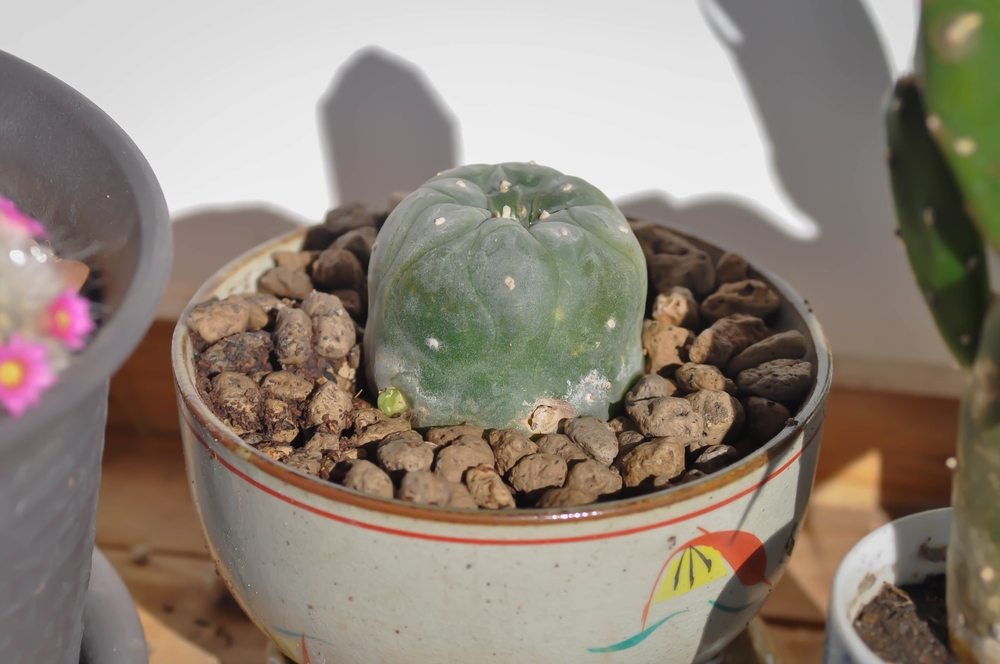
Cacti are marvels of adaptation, thriving in some of the harshest environments on Earth. Their thick, fleshy stems store water, allowing them to survive prolonged droughts. Cacti also have spines instead of leaves, which reduce water loss and provide protection from herbivores. These adaptations enable cacti to endure extreme temperatures and limited water availability, making them iconic symbols of desert resilience.
Dandelions’ Nutritional Value
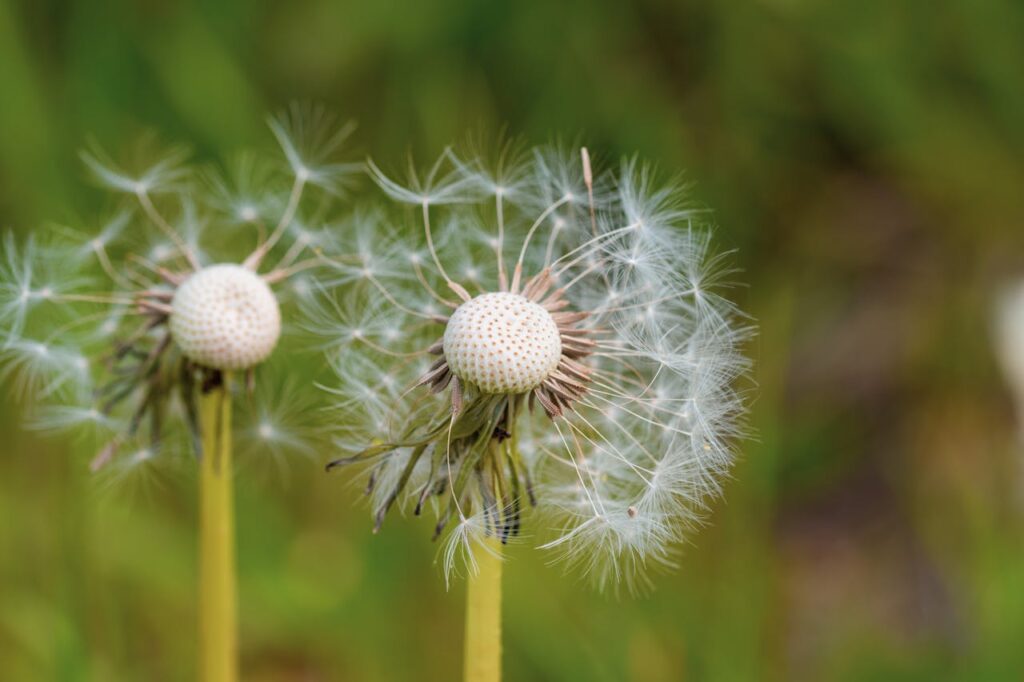
Often considered a weed, dandelions are packed with nutrients. Every part of the plant is edible and contains vitamins A, C, and K, as well as minerals like iron and calcium. Dandelion greens can be added to salads, teas, and even used as a coffee substitute. Their roots have been used in traditional medicine to support liver health and digestion, showcasing their surprising versatility and nutritional benefits.
Venus Flytrap’s Carnivorous Nature
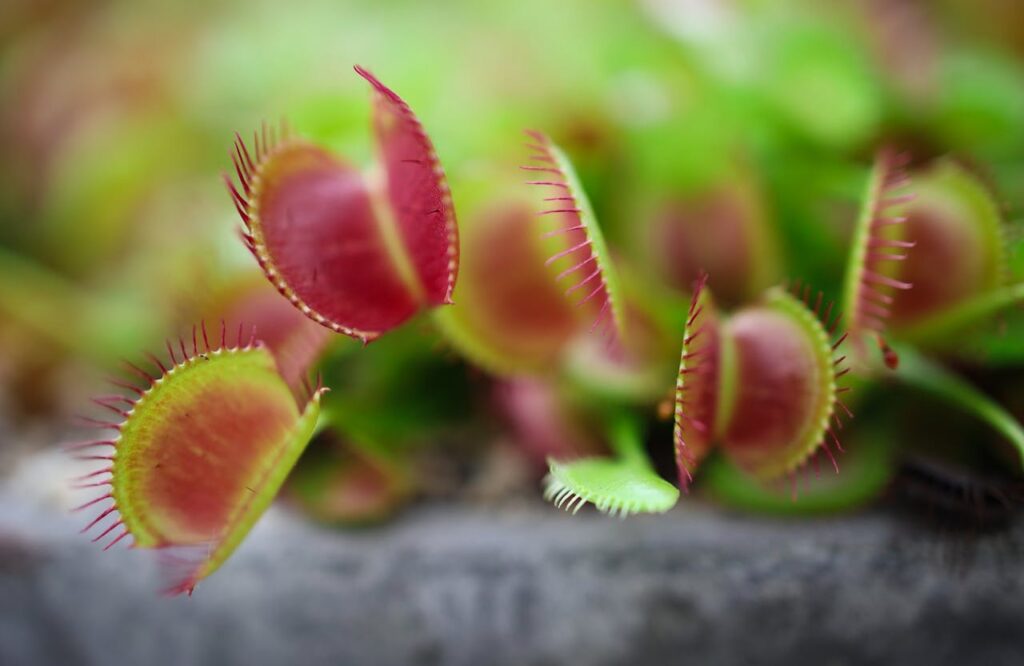
The Venus flytrap is a carnivorous plant known for its ability to trap and digest insects. Its modified leaves snap shut when tiny hairs are triggered by unsuspecting prey. This unique adaptation allows the plant to thrive in nutrient-poor soils by supplementing its diet with the nutrients obtained from its prey. The Venus flytrap’s fascinating mechanism and carnivorous habits make it a popular plant among enthusiasts.
Lavender’s Calming Effects

Lavender is celebrated for its soothing scent and calming properties. The essential oils extracted from lavender flowers are commonly used in aromatherapy to reduce stress, anxiety, and promote relaxation. Studies have shown that lavender can improve sleep quality and alleviate symptoms of depression. Its pleasant aroma and therapeutic benefits have made it a staple in essential oil collections and relaxation routines.
Eucalyptus’ Natural Insect Repellent

Eucalyptus trees produce oils that are highly effective as natural insect repellents. Eucalyptus oil contains compounds like cineole, which deter mosquitoes and other pests. This oil is commonly used in sprays, candles, and ointments to protect against insect bites. The tree’s refreshing scent and repellent properties have made it a valuable resource for both traditional and modern pest control methods.
Moss’s Air-Purifying Abilities

Mosses are small, non-vascular plants that play a crucial role in ecosystems by purifying the air. They absorb pollutants like nitrogen dioxide and ammonia, contributing to cleaner air quality. Mosses also help retain moisture in the soil, preventing erosion and promoting healthy plant growth. Their ability to thrive in various environments, from forests to urban areas, underscores their ecological importance.
Basil’s Antibacterial Properties
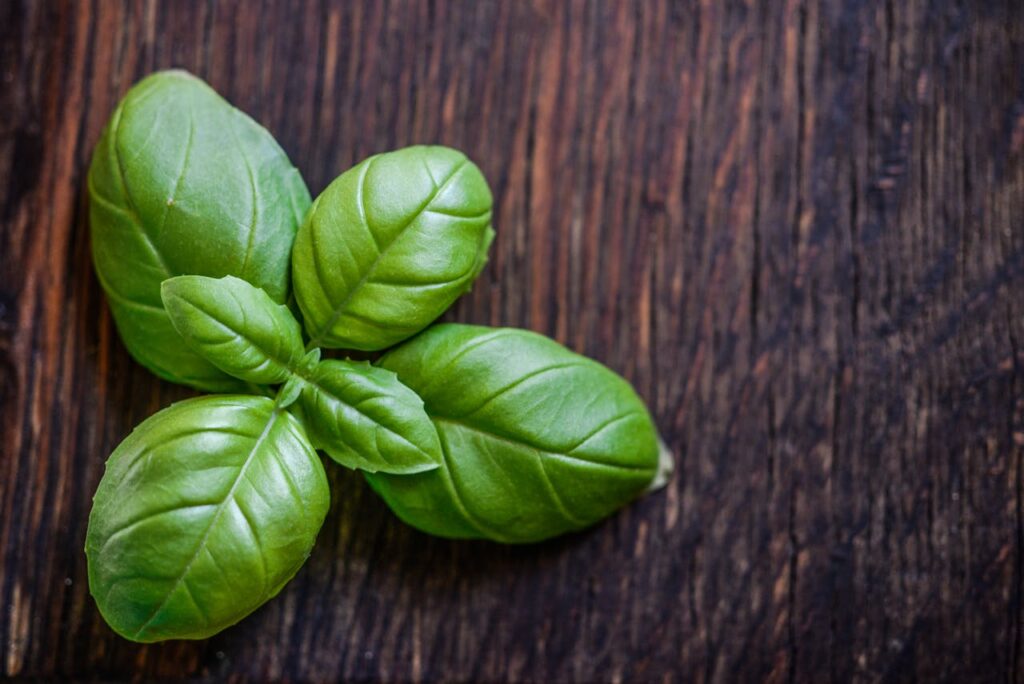
Basil, a popular culinary herb, possesses strong antibacterial properties. The essential oils in basil, such as eugenol and linalool, have been shown to inhibit the growth of harmful bacteria. This makes basil not only a flavorful addition to dishes but also a potential natural preservative and health booster. Its antibacterial qualities are one of the many reasons basil has been valued in traditional medicine for centuries.
Mint’s Cooling Sensation
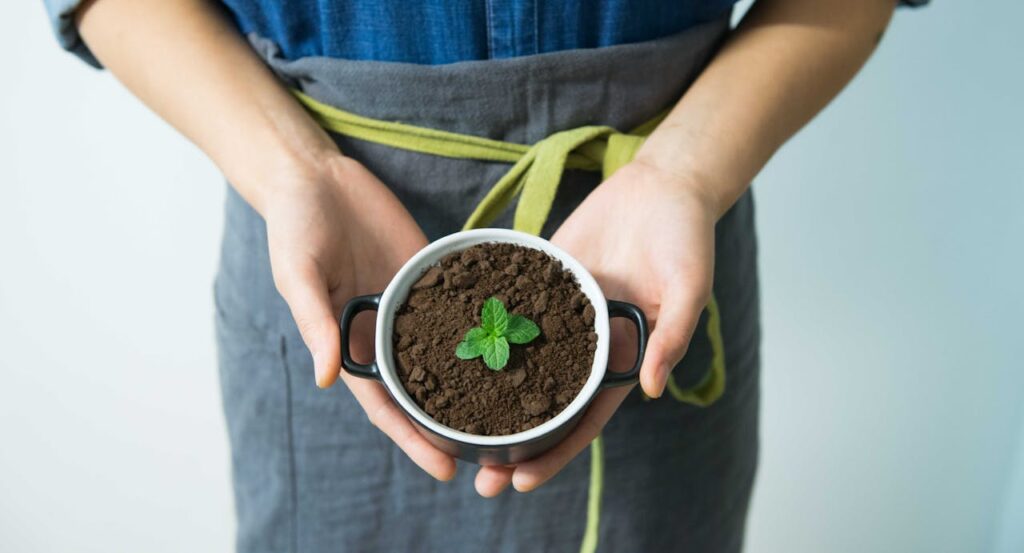
Mint leaves contain menthol, a compound that activates cold-sensitive receptors in the skin and mouth, creating a cooling sensation. This property makes mint a popular ingredient in toothpaste, chewing gum, and topical creams. Mint’s refreshing flavor and cooling effects have also made it a favorite in culinary dishes and beverages, providing a pleasant sensory experience.
Chamomile’s Sleep-Inducing Qualities

Chamomile is widely used for its mild sedative effects, making it a popular remedy for insomnia and anxiety. The flowers contain apigenin, an antioxidant that binds to certain receptors in the brain, promoting relaxation and sleep. Chamomile tea is often consumed before bedtime to enhance sleep quality. Its gentle, soothing properties have been cherished in herbal medicine for centuries.
Rosemary’s Memory Boosting
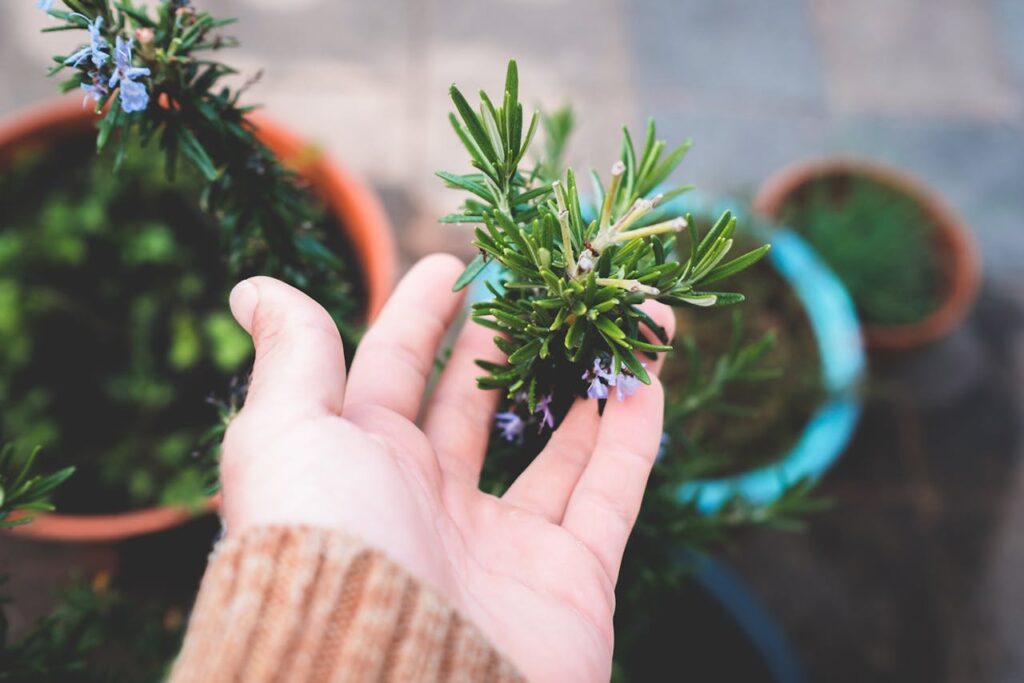
Rosemary is believed to enhance memory and cognitive function. Studies suggest that compounds in rosemary, such as carnosic acid and rosmarinic acid, have neuroprotective effects and may improve concentration and memory retention. The herb has been used symbolically in various cultures to represent remembrance. Its potential cognitive benefits have sparked interest in its use as a natural supplement for brain health.
Garlic’s Heart Health Benefits
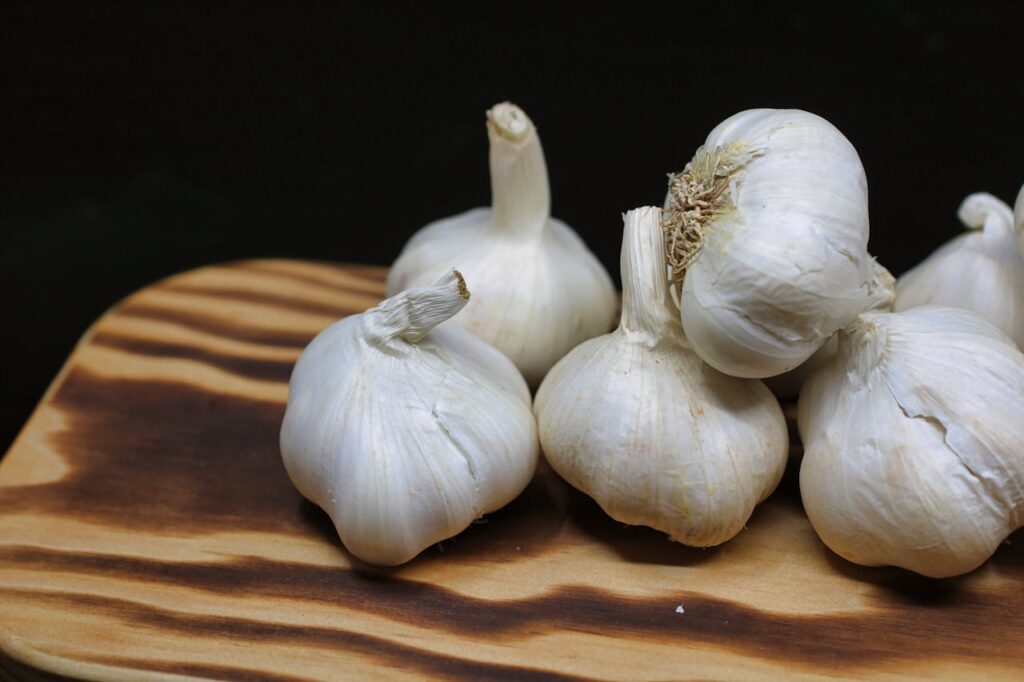
Garlic is renowned for its cardiovascular benefits. It contains allicin, a compound that has been shown to reduce blood pressure and cholesterol levels. Regular consumption of garlic can improve overall heart health by enhancing blood circulation and reducing the risk of heart disease. Its potent medicinal properties have made garlic a staple in both culinary and health practices.
Aloe Vera’s Air-Purifying Qualities
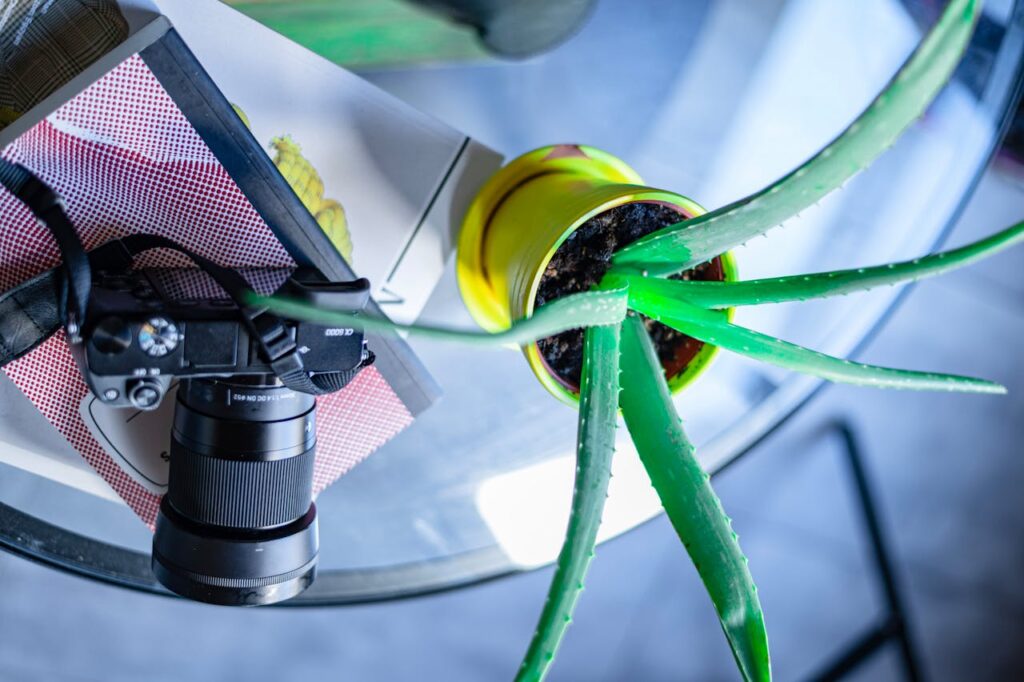
Beyond its healing properties, aloe vera is also an excellent air purifier. It can absorb toxins like formaldehyde and benzene, commonly found in household products. Aloe vera releases oxygen and increases humidity, improving indoor air quality. Its dual benefits of health and air purification make it a popular choice for home and office environments.
Sage’s Antioxidant Power

Sage is rich in antioxidants, which help combat oxidative stress and inflammation. These antioxidants, such as rosmarinic acid and carnosic acid, can protect cells from damage and support overall health. Sage has been used in traditional medicine to treat various ailments, including digestive issues and sore throats. Its potent antioxidant properties contribute to its status as a beneficial herb.
Orchid’s Complex Pollination Mechanisms
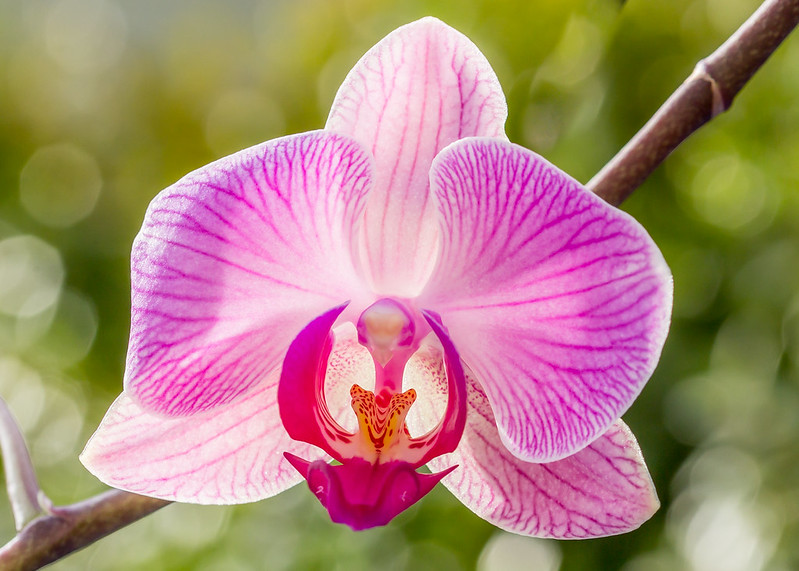
Orchids have some of the most intricate pollination strategies in the plant kingdom. Many orchids have evolved to mimic the appearance and scent of female insects, attracting male pollinators. This deception ensures the transfer of pollen, facilitating reproduction. Orchids’ complex relationships with their pollinators highlight the intricate and often surprising adaptations found in nature.
Peppermint’s Pain Relief

Peppermint oil is known for its analgesic properties. It contains menthol, which can provide relief from headaches, muscle pain, and digestive discomfort. When applied topically, peppermint oil creates a cooling sensation that can soothe sore muscles and joints. Its pain-relieving effects have made peppermint a popular natural remedy in aromatherapy and traditional medicine.
Thyme’s Antimicrobial Properties

Thyme contains thymol, a compound with strong antimicrobial properties. It can effectively combat bacteria, fungi, and viruses, making thyme a valuable ingredient in natural disinfectants and mouthwashes. Its ability to inhibit microbial growth has been utilized in traditional medicine to treat respiratory and digestive infections. Thyme’s antimicrobial qualities underscore its medicinal value.
Lavender’s Culinary Uses
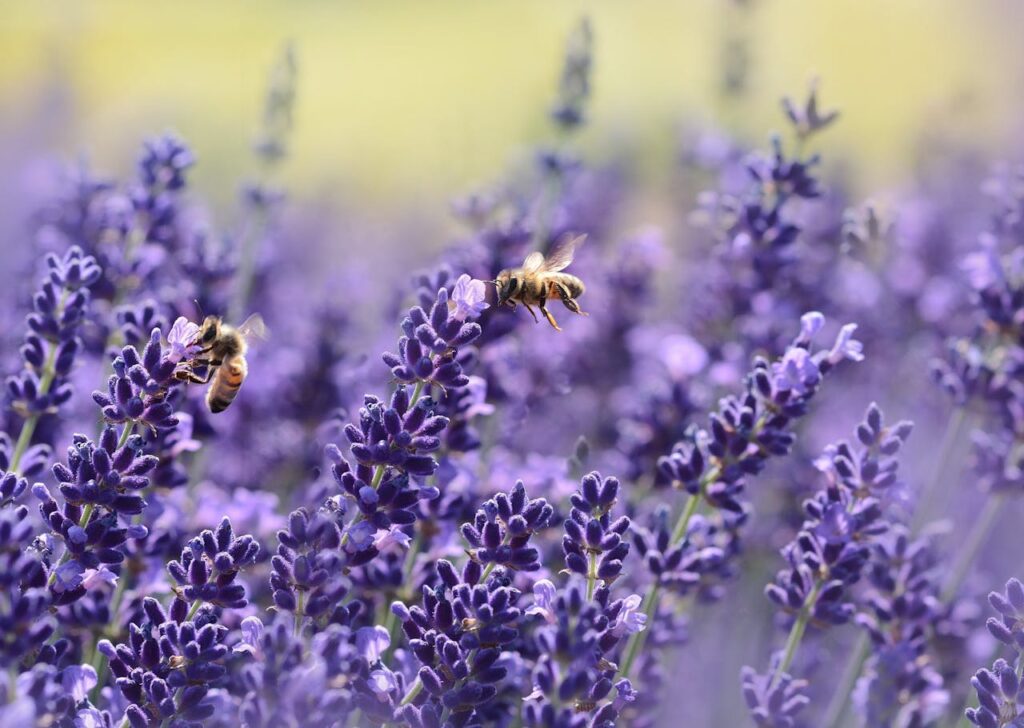
While often associated with its aromatic and therapeutic uses, lavender is also a versatile culinary herb. Its flowers and leaves can add a subtle floral flavor to dishes, from desserts to savory recipes. Lavender is commonly used in baking, teas, and as a garnish for salads. Its culinary applications highlight its multifunctional nature beyond its soothing scent.
Daffodils’ Poisonous Nature

Daffodils, though beautiful, are toxic to humans and animals. They contain lycorine, a compound that can cause nausea, vomiting, and other symptoms if ingested. Despite their toxicity, daffodils are popular garden plants due to their vibrant colors and early spring blooms. Their poisonous nature serves as a reminder of the diverse and sometimes hazardous qualities of common plants.
This article originally appeared on UnifyCosmos.
More from UnifyCosmos
20 Real Estate Agent Tricks You Should Avoid to Save Money

Buying a home can be a complicated process. Real estate agents sometimes use tactics that aren’t always in your best interest. These tricks can end up costing you more than you realize. Read more!
15 Ancient Skincare Rituals Still Effective Today
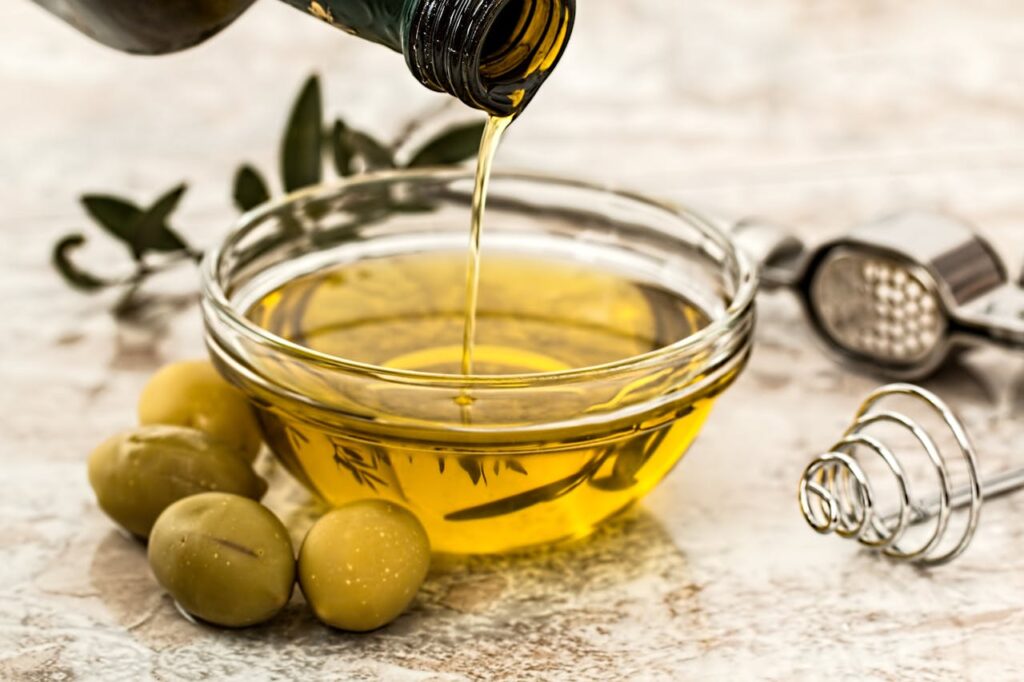
Many of their timeless skincare rituals are still incredibly effective today. Discover these ancient secrets that can transform your modern skincare routine. Read more!
20 Skincare Practices to Keep Your Skin Youthful and Radiant

Effective anti-aging skincare practices can make a significant difference. Simple daily routines can yield impressive results. Here are some essential tips to help keep your skin looking young and vibrant. Read more!
Leave a Reply